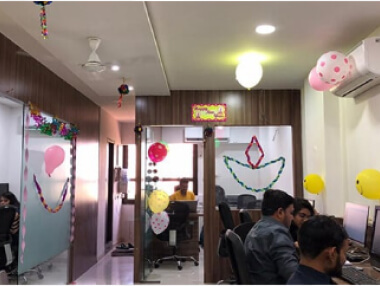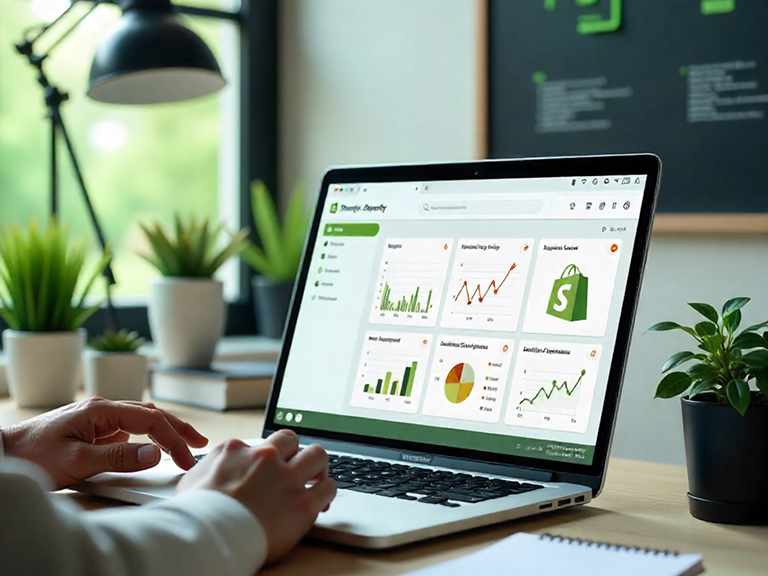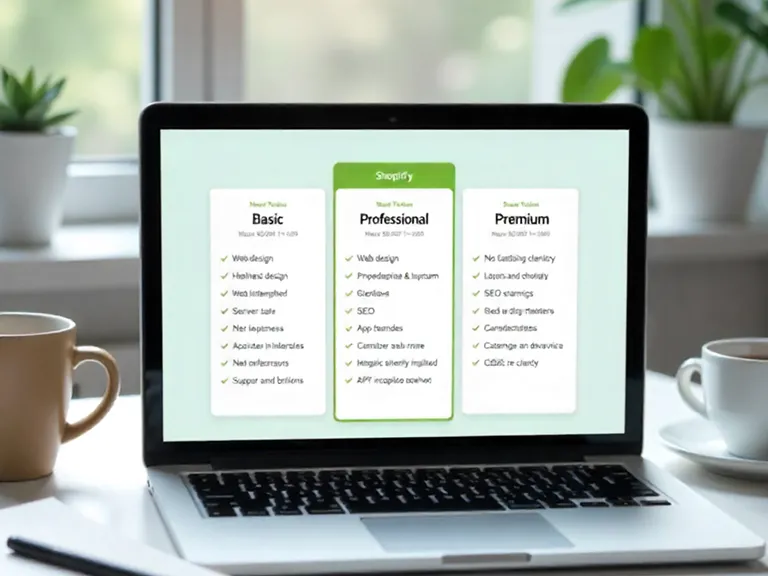Push notifications are powerful but they’re only the opening act. If your goal is sustainable retention, repeat purchases, and higher customer lifetime value (CLV), a thoughtfully developed mobile app needs more than timely alerts. In 2025, the best Shopify mobile apps combine behavioral personalization, seamless checkout, offline reliability, loyalty mechanics, and meaningful in-app experiences to keep customers coming back.
At < strong > Xceptive Solutions LLP, we build apps that don’t just get installs they create habits. Below, we walk through five essential features every developed mobile app should include to maximize retention, explain why they work, and give practical tips for implementation.
Why retention matters more than installs
Acquiring users is expensive. Marketing CPMs and paid acquisition costs keep rising; the smarter play is to convert acquired users into repeat buyers. Retention increases the ROI of every marketing dollar and lifts CLV which in turn justifies higher acquisition spend and fuels growth.
Quick context: mobile users often have shorter attention spans, but they also convert at higher rates when converted to active app users. A retained app user is more valuable than a one-time site visitor because they open channels (push, in-app messaging) that are more immediate and personal than email alone.
1 Deep personalization & intelligent recommendations
Personalization is no longer “nice to have” it’s expected. A developed app should deliver product recommendations, curated home screens, and offers based on real behavior (browsing, past purchases, in-app events), not just generic segments.
Why it works
- Relevant content increases engagement and reduces time-to-purchase.
- Personalized recommendations raise Average Order Value (AOV) and cross-sell opportunities.
How to implement
- Use event-driven analytics (product_view, add_to_cart, purchase) to feed a recommendation engine.
- Surface dynamic “For You” sections on the home screen and personalized push/in-app banners.
- Test different recommendation algorithms (CF, popularity, recency) with A/B testing.
2 Frictionless, one-tap checkout & saved wallets
Checkout is where retention becomes revenue. A developed mobile app must enable stored payment credentials (via secure tokenization), one-tap checkout, and clear, minimal-step flows. Reduce cognitive load fewer fields, predictable UX, and saved shipping details.
Why it works
- Every step removed from checkout increases conversion probability.
- Simplified flows reduce cart abandonment and increase impulse purchases.
How to implement
- Integrate with secure payment SDKs (Shopify Payments, Apple Pay, Google Pay) and tokenize cards.
- Offer progressive disclosure for upsells don’t interrupt the checkout flow.
- Show transparent costs (taxes, shipping) early to avoid surprise abandonment.
3 In-app loyalty & subscription mechanics
Apps are ideal homes for loyalty programs, subscriptions, and gamified incentives. Unlike web, mobile users engage more frequently with features that reward repeated behavior — points, tiers, early access, and app-exclusive perks.
Why it works
- Loyalty programs increase repeat purchase rates and customer retention.
- Subscriptions lock in recurring revenue and improve predictability.
How to implement
- Embed a loyalty dashboard where users can see points, progress to next tier, and redemption options.
- Offer subscription menus for consumables or VIP perks; allow easy pause/cancel options in-app.
- Use push and in-app messaging to remind users about expiring rewards or upcoming renewals.
4 Offline-first experiences & fast performance
Apps should not be fragile in low-connectivity scenarios. An offline-first architecture (caching product catalogs, cart state, and critical screens) makes the experience feel instantaneous and reliable especially for repeat users who expect seamless performance on the go.
Why it works
- Fast perceived performance reduces churn; users tolerate slow pages less on mobile.
- Offline capability increases utility in real-world contexts (commutes, intermittent connectivity).
How to implement
- Cache user-specific data and the cart locally; sync in the background when connectivity returns.
- Measure Core Web Vitals equivalents for your app (launch time, time-to-interactive) and optimize.
- Prefer efficient data formats, compress images, and lazy-load heavy media.
5 Contextual in-app messaging & lifecycle orchestration
Push notifications open the door; in-app messaging keeps the conversation contextual and actionable. In-app messages (banners, modals, native cards) triggered by lifecycle events (welcome, browse abandonment, VIP access) create high-propensity moments to convert and retain.
Why it works
- In-app messages are high-intent and don’t rely on OS delivery like push.
- They enable stepwise onboarding and micro-conversions that build habit.
How to implement
- Design lifecycle flows: onboarding → first purchase → cross-sell → re-engagement.
- Segment messages by behavior and test variations for timing and copy.
- Use deep links in messages to send users directly to a product, cart, or reward screen.
Feature comparison: at-a-glance
| Feature | Retention Impact | Implementation Complexity |
|---|---|---|
| Personalization / Recommendations | High | Medium–High |
| One-tap Checkout & Saved Wallets | High | Medium |
| Loyalty & Subscriptions | High | Medium |
| Offline-first Performance | Medium–High | High |
| Contextual In-App Messaging | High | Medium |
Pros & Cons of building retention-first features
| Pros | Cons |
|---|---|
| Higher CLV and repeat purchase rates | Higher initial development cost |
| Stronger brand affinity and lower churn | Requires data & analytics maturity to get right |
| Better marketing ROI over time | Ongoing maintenance and personalization tuning required |
Measuring success: the KPIs that matter
Track these KPIs to understand whether your retention features are working:
- 30/90-day retention rate (active users who return)
- Repeat purchase rate and purchase frequency
- Average Order Value (AOV) for app users vs web users
- Time-to-first-purchase after install
- Redemption rate for loyalty rewards
- Cart abandonment rate within the app
Practical roadmap to roll out retention features
- Audit current mobile behavior: instrument analytics to capture key events.
- Prioritize a small set of high-impact features: start with one-tap checkout and a basic loyalty program.
- Measure & iterate: run experiments (A/B tests) and optimize copy, timing, and placement.
- Scale personalization: add recommendation algorithms and home-screen personalizations once you have baseline data.
- Invest in onboarding: ensure new users reach “aha” moments quickly with guided flows and incentives.
How Xceptive Solutions LLP helps build retention-first Shopify apps
At Xceptive Solutions LLP, we design and build mobile apps for Shopify merchants with retention baked into the product roadmap. Our approach:
- Starts with a behavior-focused discovery (events, funnels, friction points)
- Prioritizes quick wins (checkout, onboarding) for immediate ROI
- Implements scalable personalization and loyalty systems
- Provides ongoing optimization and analytics (not just handover)
Explore our Shopify App Development services or request a consultation to create a retention-first mobile app for your store.
Conclusion
Push notifications are a valuable tool, but they’re only one lever in a mature retention strategy. The apps that win in 2025 combine personalization, frictionless checkout, loyalty mechanics, robust offline behavior, and contextual in-app messaging to create an experience customers prefer over mobile web. When these features are executed and iterated on using data, they become compounding engines for CLV and sustainable growth.
Frequently Asked Questions (FAQs)
Are push notifications no longer useful?
Push notifications are still useful, but they work best when combined with deep personalization and in-app experiences — not as a standalone retention strategy.
How much does it cost to add these retention features?
Costs vary by scope — simple loyalty and saved wallet features can be added for a few thousand dollars, while full personalization engines and offline-first architecture are more substantial investments.
Can app builders provide these features?
Some app builders offer basic loyalty and push tools, but true offline-first performance and deep personalization usually require custom development or advanced integrations.
What analytics should I instrument first?
Start with installs, sessions, product views, add-to-cart, checkout-start, purchase, and reward-redemption events.
How do I prevent users from disabling push?
Use a progressive opt-in (explain value before asking), and keep frequency reasonable — give users control over types of notifications.
Can these features improve AOV?
Yes — personalization and one-tap checkout are proven levers to increase AOV through relevant cross-sells and reduced friction.
How long before I see retention improvements?
Some improvements (checkout speed, onboarding flows) can show results in weeks; loyalty and CLV improvements compound over months.
Do I need a dedicated mobile team?
Not always — a specialized agency like Xceptive can handle development, analytics, and iteration if you don’t have in-house resources.
How do I choose which feature to build first?
Prioritize by impact and ease of implementation: one-tap checkout and onboarding typically deliver the fastest wins.
What’s the best way to test retention features?
Run cohort analyses, A/B tests, and measure long-term metrics (repeat purchase rate, 30/90-day retention, CLV) rather than focusing solely on short-term engagement.







